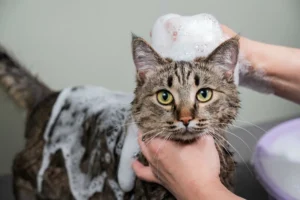For dogs of all breeds, regular grooming is essential to maintaining glossy, tangle-free hair and to checking for parasite infestations and skin conditions, which improves general cleanliness. Additionally, giving your pet a haircut can help you bond on a one-on-one basis.
Table of Contents
Introduction
Regular brushing, washing, and nail cutting are necessary even for dogs with short, low-maintenance coats. Hair trimming and clipping may also be necessary for dogs with longer coats. When it comes to cutting and trimming your dog’s hair, in particular, you might want to make frequent appointments with a professional groomer, but these seven suggestions will assist you in starting an at-home dog grooming regimen with your pet.
Trim your dog’s hair but use caution

The majority of dog owners choose to take their pets to a groomer to get their hair trimmed. In between professional grooming, you can, however, carefully cut any excessive hair around your dog’s eyes or paws. It is possible to avoid overgrown hair obstructing your dog’s eyesight and causing irritation by trimming the hair surrounding its eyes.
Always hold off until your dog training trick is at ease and, ideally, in a resting position. When scissor blades are close to the flesh, go cautiously and slowly. Upon finishing, don’t forget to give your dog a treat to commend their composure. Ear canal hair can be trimmed to promote better airflow and guard against ear infections. But, a professional groomer or your veterinarian’s office is the best place to accomplish this. Recall that using scissors or clippers to inadvertently cut your pet is a common mistake. When clipping your dog’s hair, always use caution. If you’re anxious or would rather not do it yourself, hire a professional grooming service.
Regularly brush your dog’s coat to prevent matting

Your dog needs frequent brushing to maintain a glossy and sleek coat, regardless of breed. The length and texture of your dog’s coat determine how many times a week they should be brushed. More frequent brushing is required for longhaired breeds like golden retrievers and collies (at least once a week, if not every other day), but shorthaired species like Labradors or greyhounds might only require a thorough brushing every other week.
Badly matted hair can hurt long-haired pets. When a dog licks or bites themselves, it can cause discomfort and lead to skin infections. Insects can develop an abscess when foreign objects, such as grass seeds, penetrate into the epidermis and conceal themselves under a matted coat. You can avoid matting issues in your longhaired dog by brushing them on a regular basis. Brushing is also beneficial for dogs with short hair. By removing loose hair, grime, and dander from your dog’s coat, brushing can help them go longer between baths.
Safely trim your dog’s nails

When you hear your dog’s nails clicking on the hard floors in your house, cut them. This will stop your dog’s excessively long nails from hurting him. But first, you should know a few safety precautions before cutting your dog’s nails for the first time. Learn the full, step-by-step instructions for safely and effectively trimming your dog’s nails.
Don’t bathe your dog too often

To avoid odors and hygienic problems, most dogs with healthy skin just require a couple of months’ worth of bathing. Bathing your dog more frequently than this might cause its skin to become dry and the natural oils in its coat to be stripped. You should talk to your veterinarian about your dog’s unpleasant smell if it hasn’t rolled in anything disgusting. Skin infections or dental diseases could be the underlying cause of problems.
Check your dog’s skin as you groom

Itchy dogs that scratch, chew, or lick their skin are frequently affected by allergic skin illnesses. Not only can external parasites such as fleas, ticks, lice, and mites cause misery to your pet, but they can also spread diseases or other parasites like tapeworms. Every time you give your dog a brushing, develop the habit of inspecting their skin. To begin, run your fingers through your dog’s coat and feel the skin for any odd lumps or bumps. By splitting the coat and closely inspecting the skin for sores, redness, rashes, bald areas, and signs of parasite infestations, you can conduct additional research.
Note: There might be affiliate links mentioned here. We may receive a commission if you purchase a product through an affiliate link. There is no additional charge for you. Please do your own research before making any online purchases.
When bathing your dog, keep these tips in mind

- Never use baby or human shampoo on a dog because their skin has a different pH than ours. Select a shampoo designed specifically for dogs that is soap-free and gentle on their skin.
- After completely wetting your dog with warm water, gently massage the shampoo into their coat. Refrain from touching the dog’s lips, eyes, or inner ears.
- If it’s warm outside, rinse your dog’s shampoo off with warm water and let him shake and air dry outside. Dry the dog with a soft cloth or the coolest setting on the blow dryer in colder weather.
- Regular washing, good grooming, and skin and ear examinations not only help your dog stay healthy, but they also show your affection for them and provide valuable quality time spent with them.
These tips will help the first few at-home grooming sessions go smoothly
- While brushing or washing your dog or puppy, spread a small amount of Vegemite on a clean surface and let them lick it off.
- To make your dog eager for its next pampering session, go gently, offer it lots of treats, and show it lots of love.
- Place a non-slip mat in the bathtub prior to bath time to stop your dog from slipping.
How Often Should You Groom Your Dog?

Maintaining your dog’s health, happiness, and finest appearance can be achieved by getting them groomed. The type of dog you have will determine whether you should take them to the groomer or give them a brief pampering at home.
We have all the fur-bullous information you need, whether you’re new to dog ownership or you just want to know how often to groom your pet. See how frequently your pet needs to be groomed by reading our handy guide.
Some dogs need more grooming than others
The majority of dogs should get groomed once a month on average. The length of their coat, the breed, and the texture of their fur all affect how frequently your dog needs to be groomed. Grooming may only be necessary every 8–12 weeks for dogs with short or fine hair, but it may be necessary every 4-6 weeks for dogs with long, thick fur. Keeping up with your dog’s grooming regimen is crucial because if you wait too long, their hair may become matted, causing irritation or infection and necessitating shaving.
Remember to pamper your pup at home too

To keep your dog clean and healthy, it’s a good idea to give them extra grooming at home, even if you only take them in for regular grooming sessions throughout the year. You may prevent your dog from being a dirty puppy by regularly brushing their fur, giving them a bath, and cutting their nails. To maintain your pet’s appearance and fragrance, there are several beautiful dog grooming products available. Additionally, Yappy offers a huge selection of incredible personalized dog towels, so there won’t be any more towel mishaps at home.
Why visit a professional groomer?

Though many dog owners handle their own grooming at home, there are several advantages to having your dog professionally groomed. It will save you time and effort, and since dog groomers are highly skilled and equipped with a wide range of tools to fit different breeds of dogs, you can relax knowing that your dog’s physical appearance and hygiene have been examined and handled by a professional. Furthermore, a professional groomer will know how to treat your dog with confidence and care if they become agitated or violent during a grooming session at home. Your dog groomer may discover any underlying health issues your dog has in addition to providing teeth cleaning, nail trims, and haircuts, allowing you to have a veterinarian examine them.
How often do wire-coated dogs need to be groomed?

You will find that a dog with a wiry coat is fairly scratchy to the touch when you stroke it. They still require frequent brushing even though their coat doesn’t shed; brushing them one to three times a week should prevent dead hair from sticking against the skin. Dogs with this kind of thick, bristly hair may frequently spend two to three months without grooming sessions. It’s also vital to avoid giving them too many baths at home; once every one to two months should be plenty.
How often do double-coated dogs need to be groomed?

Although the lengths and types of hair on double-coated dogs’ coats vary, these canines are prone to seasonal undercoat shedding. Brushing them one to three times a week is essential to prevent their undercoat from getting matted and tangled (be careful to brush through their undercoat too). In terms of grooming, dogs with short double coats should be combed every two to three months, whereas dogs with longer, less dense coats could only require a monthly shampoo and a mild full body trim every three months. Nevertheless, huskies may get by with only a few annual baths (or after a particularly muddy excursion with you) and seldom require their coats to be clipped.



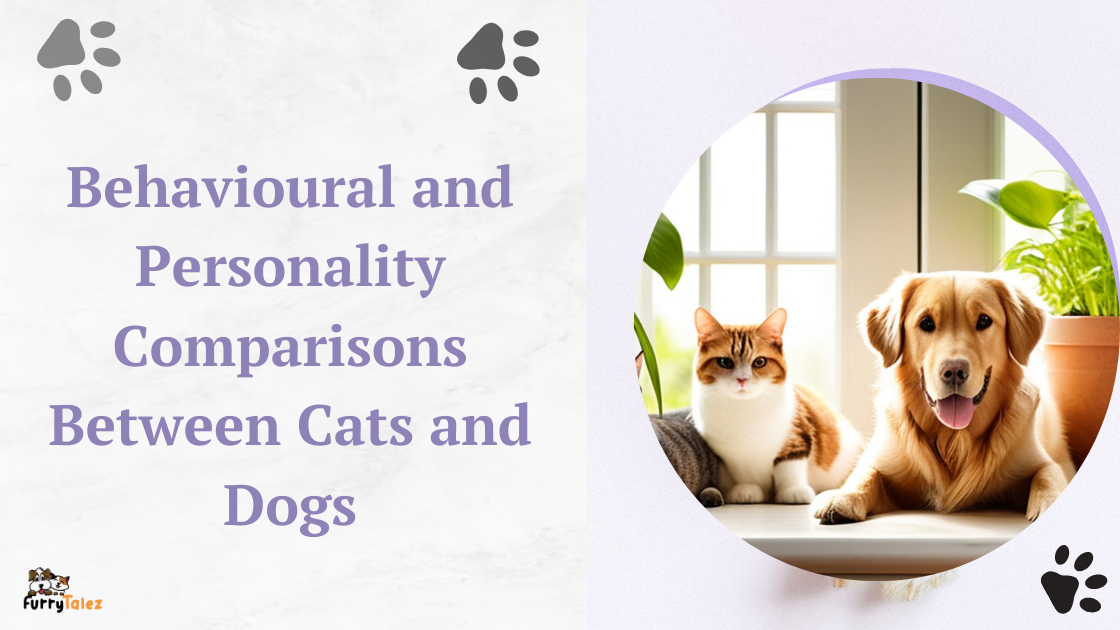











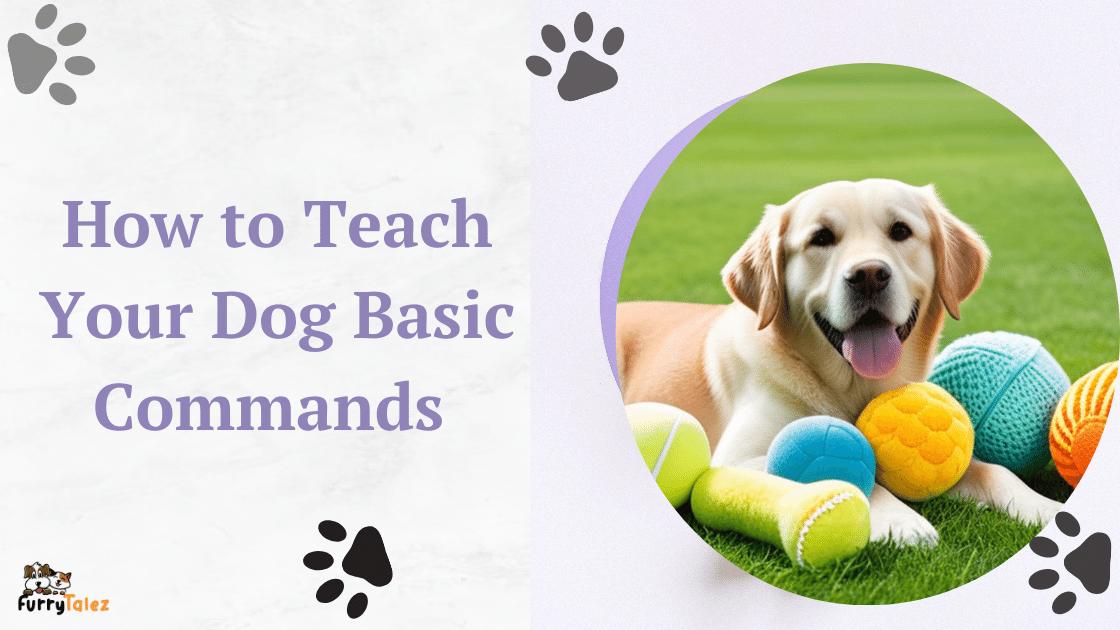


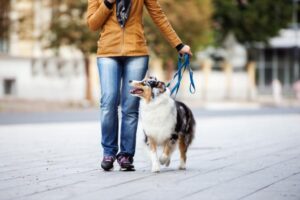


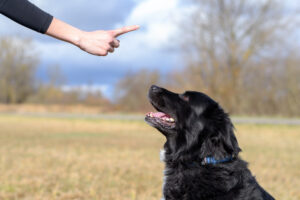
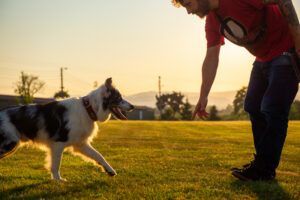
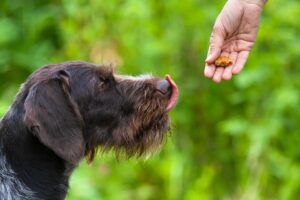





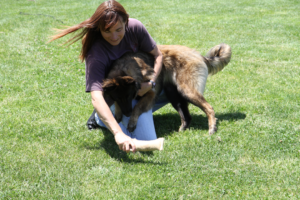

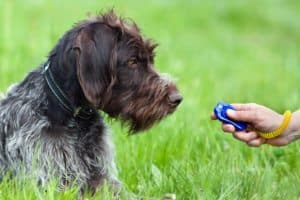




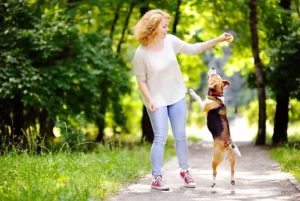










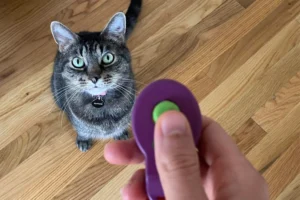
















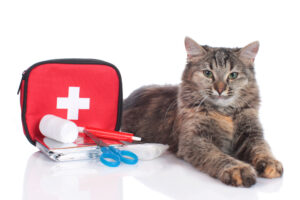


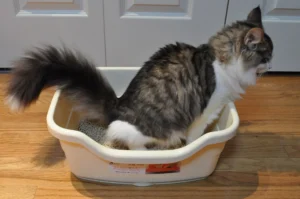
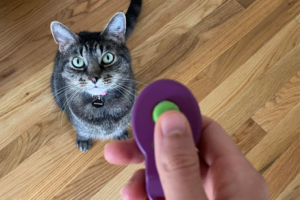
















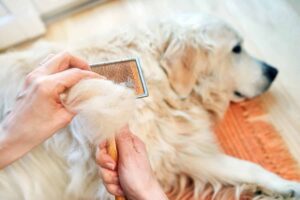
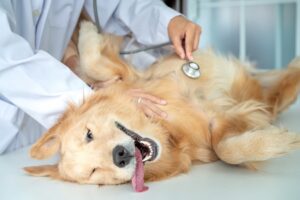

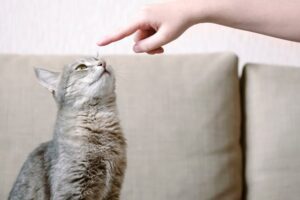
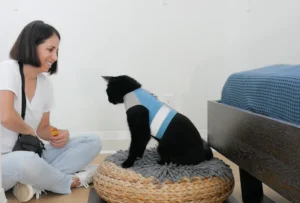















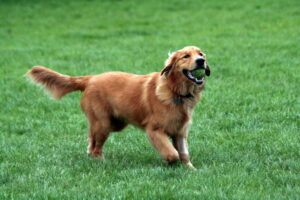


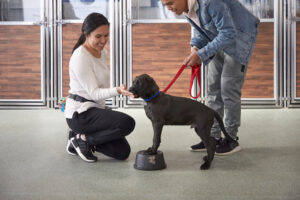







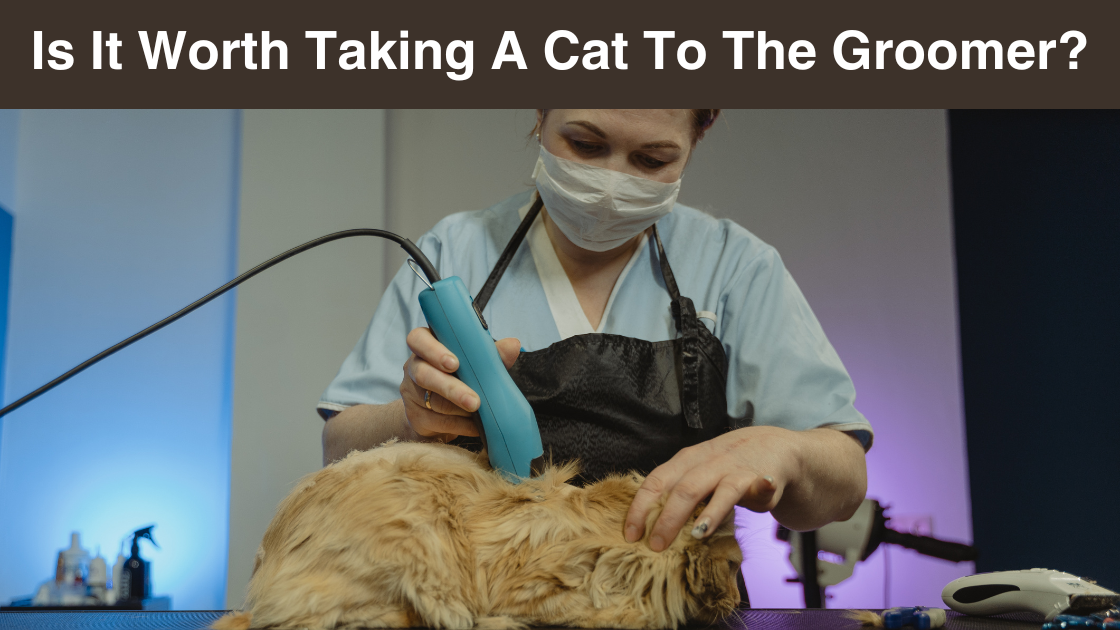




 Because their mothers groom their young, kittens are more receptive to grooming because it seems normal to them. Your kitten becomes accustomed to being handled and held as a result. An adult cat can be trained with more handling, but if at all possible, begin with a young cat.
Because their mothers groom their young, kittens are more receptive to grooming because it seems normal to them. Your kitten becomes accustomed to being handled and held as a result. An adult cat can be trained with more handling, but if at all possible, begin with a young cat.